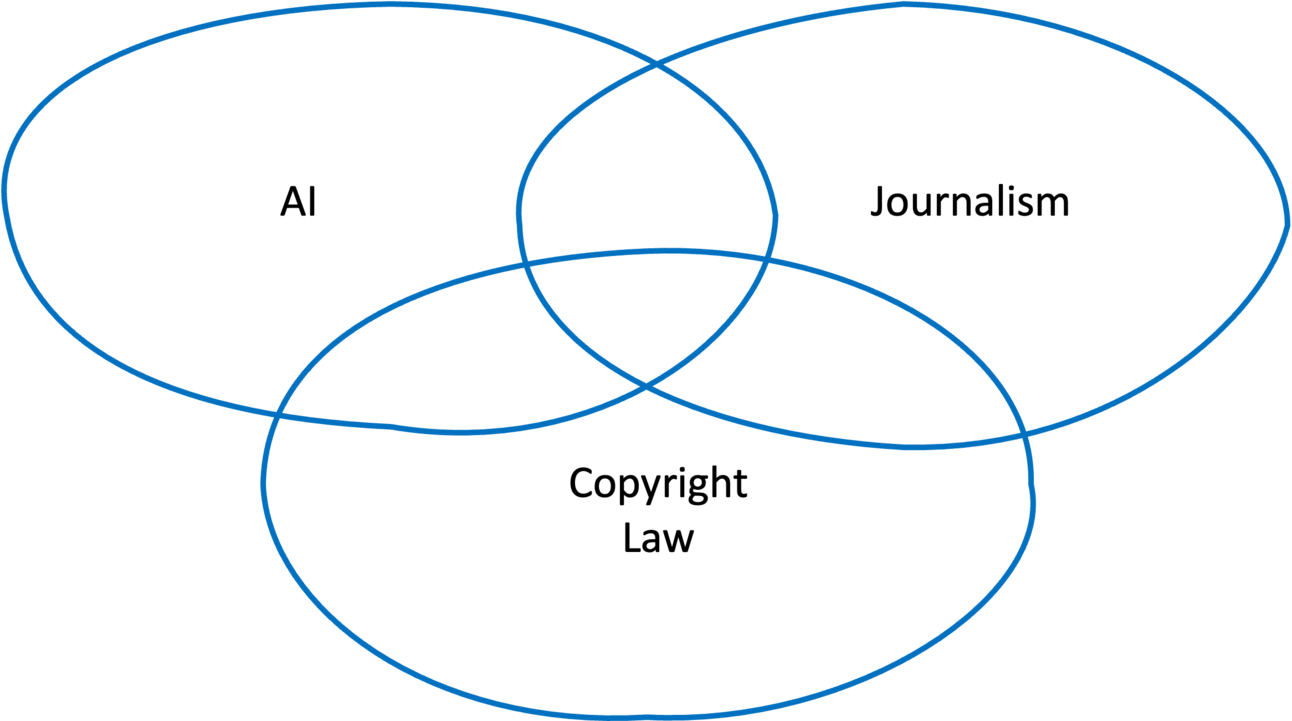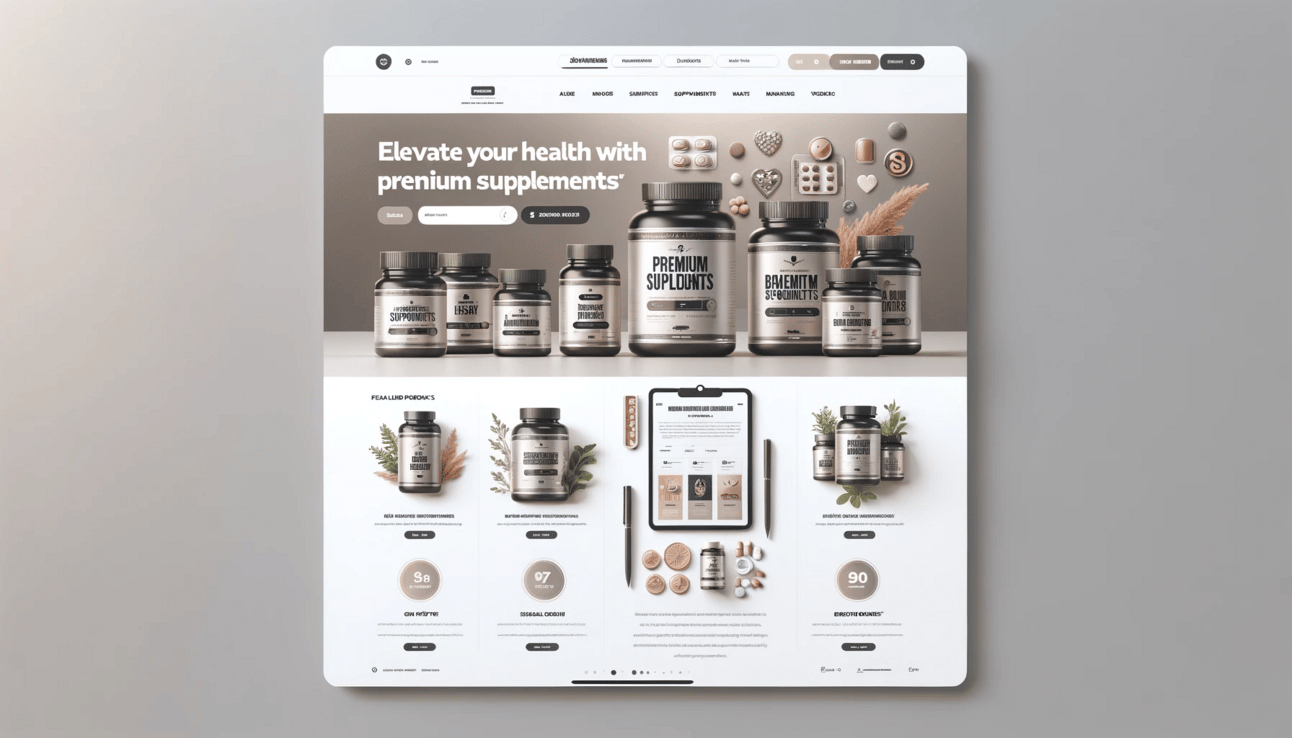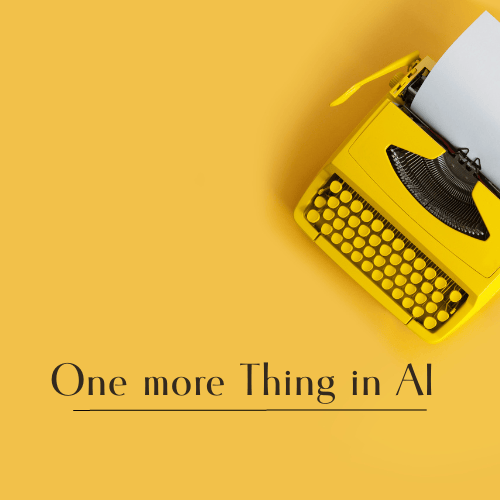
Innovation distinguishes between a leader and a follower.”
New Year Edition #12: One More Thing in AI
Date: 1-Jan-2024
Hello {{first name | reader}},
Wish you a very Happy and Healthy New Year! Thank you for subscribing to the One More Thing in AI Newsletter.
Specially curated for Startup founders and Business Leaders like you who want to get smarter on AI in less than 5 minutes.
The year 2023 can be safely classified as the first year when the conversations around Gen AI entered our boardrooms. As we enter the “second year of Gen AI”, I look forward to bringing you more useful news and analysis that will boost your career and your business in 2024.
As a few of you have requested, I will come up with more ways to interact with me. One platform that I use regularly is LinkedIn.
To get access to the LinkedIn version of the Newsletter, please subscribe here»
I hope you enjoy reading and applying the learning from this edition.
Best regards,
Renjit Philip
In this New Year Edition
When GPT Met NYT: A Copyright Tale with a Twist
📰 The Core Issue: A Copyright Clash
The New York Times (NYT) has initiated a significant legal battle against OpenAI and Microsoft. The crux lies in the alleged unauthorized use of millions of NYT articles to train large language models (LLMs) like ChatGPT. This lawsuit, filed in Manhattan federal court, accuses the tech giants of leveraging the NYT's extensive journalistic work to develop competing information sources without proper authorization or compensation.
🔍 The Intricacies of the Case
The lawsuit emphasizes the specific focus on NYT's content in the training datasets. It argues that using this content infringes copyright and creates direct competition, as the chatbots on Bing and Open AI, offer similar “information services”.
💰 The Stakes: High Financial and Moral Implications
The NYT seeks substantial reparations, citing "billions of dollars in statutory and actual damages." The publication demands destroying any chatbot models and training data incorporating its copyrighted material. This case highlights the broader implications of data scraping and copyright in the AI industry, a concern echoed by other authors and artists in similar lawsuits.
🔄 The Fair Use Debate
OpenAI's defense hinges on the concept of "fair use," arguing that their use of NYT content serves a transformative purpose. This argument is central to the ongoing debate about the boundaries of fair use in the context of AI and machine learning. It's a bit like saying, "Sure, I borrowed your car, but I painted it a different color, so it's a whole new car, right?"
🤝 Negotiations and Breakdowns
Before the lawsuit, the NYT negotiated with OpenAI and Microsoft for a licensing agreement, which ultimately fell through. This breakdown led to the current legal confrontation, underscoring the complexities of copyright law in the digital age.

This case is at the intersection of AI technology, copyright law, and journalism.
Concluding Thoughts: This lawsuit challenges the boundaries of fair use and raises critical questions about AI training practices' ethical and legal implications. As the case unfolds, it will undoubtedly shape the future of AI development and intellectual property protection. The other news outlets and original content creators will be watching these developments closely.
Yadget
“The name Yadget stands for ‘Yet another Data Generator'’. You need to create a ton of synthetic test data records for your AI and ML projects.
Using Yadget, you can produce realistic, non-identifiable datasets to help you test and validate your code. Ideal for software developers for data testing and validation processes. Among the datasets that can be generated are financial Data like Bank Account Numbers, Credit Card numbers, and Crypto information such as BTC and ETH addresses.
Why Yadget?
1. Generate synthetic data without the high cost of real-world data.
2. Faster than traditional methods of collecting and processing real-world data.
3. Flexible: Yadget provides tailor-made data to meet your specific needs.
Give Yadget a try, and let us know what you think. Check out Yadget here: Link.”
This is a sponsored post. If you want to place an Ad with us, email: [email protected]
Apple's Stealth Move in AI: Unveiling Ferret, the Open-Source Multimodal Marvel
Last October, in a move quieter than a cat burglar on tiptoe, Apple Inc. and Cornell University unveiled Ferret, an open-source, multimodal large language model (LLM). Ferret isn't your average LLM; it's adept at handling text and images. It is multimodal, similar to Gemini, released by Google.
Here's the magic: Ferret looks at a part of an image, identifies interesting bits (like a detective with a magnifying glass), and draws a virtual box around them. Then, it uses these elements to answer your questions.
The implications are vast. Imagine a financial analyst getting insights from spreadsheets and graphs that Ferret can read, like a doctor receiving diagnostic help from medical reports and patient inputs.
Apple's decision to make Ferret open-source is like throwing a surprise party and inviting everyone, including its competitors. Considering Apple's current limitations in serving up LLMs at scale, this move could be a strategic play in the AI race. By sharing Ferret, Apple is essentially saying, "Let's make AI a team sport." This is very much in line with the moves made by Meta when they released their Llama model in open source.
It's showing us a future where AI understands our world through words and images. Maybe your iPhone will finally understand why you keep taking pictures of your lunch.
Revolutionizing Banking with AI: Bunq Ushers in a New Era with Finn, the Gen AI Wizard
Amsterdam's financial tech scene just got a turbo boost with Bunq's latest innovation. Meet Finn, the generative AI dynamo to revamp the bank's search functionalities. See the link to Bunq’s website below»
Picture this: you're curious about your recent transactions or budgeting queries. With Finn, it's like having a financial guru in your pocket, ready to unravel the mysteries of your spending patterns or that elusive store name from last week's shopping spree.
Finn is a generative AI tool that will upgrade the company's search function. The initial uses include customer service queries, enabling consumers to ask questions about their balances, spending habits, or the name of a business they recently visited. The firm uses internally developed gen AI to power the platform.
McKinsey on Gen AI
You can count on the big 3 (or is it the big 5?) consulting houses to come out with tomes on Gen AI, and McKinsey has joined the fray. The report is a decent read with a few BGOs (Blinding Glimpses of the Obvious!). I have summarized it below.
1. Economic Impact: Generative AI could add $2.6 to $4.4 trillion annually to the global economy, potentially doubling if integrated into the existing software stack, increasing the overall AI impact by 15-40%.
2. Key Value Areas: Approximately 75% of generative AI's value lies in customer operations, marketing and sales, software engineering, and R&D, with diverse customer interaction, content creation, and code drafting applications.
3. Industry-Wide Influence: Significant impacts are expected across all sectors, notably in banking, high-tech, and life sciences, with a potential annual value addition of $200-$340 billion in banking alone.
4. Workplace Automation: Generative AI could automate 60-70% of work activities, especially those involving natural language processing, more significantly affecting higher-wage, knowledge-based jobs.
5. Accelerated Workforce Transformation: With the rise of technical automation, it's estimated that half of today's work activities could be automated between 2030 and 2060, a decade earlier than previous predictions.
6. Productivity Growth and Worker Support: Generative AI may boost labor productivity growth annually by 0.1-0.6% through 2040, necessitating investments in worker skill development and occupational transitions.
7. Emerging Challenges: The nascent stage of generative AI is marked by enthusiasm and potential, but realizing its full benefits requires addressing challenges in risk management, workforce skill development, and rethinking core business processes.
For the full link to the report, click below>>
Landing Page Design powered by AI

Landing Page design output created with Dalle3
Alright, it's time to get practical and tactical. This is for all you founders and entrepreneurs trying to test out demand for their products online. A well-designed landing page is vital. Don't know how to design a good one or even give guidance to your designer? Don't fear; AI is here.
I have developed this extensive prompt that can be used with DALLE3 or Midjourney (It will need a bit of tailoring for MidJourney). In this example, I created it for a hypothetical supplement company, but you can tailor it to your specific needs. Once your designer has a mockup, they can fine-tune and develop better versions. By avoiding too many revisions, this will save you time and money in back-and-forth conversations.
Prompt below:
Act as an expert UX designer. Create a landing page based on the below instructions after ‘‘‘
‘‘‘ For a supplement e-commerce store, the landing page design will be modified to suit the nature of the business, focusing on product display, trust-building elements, and a user-friendly shopping experience. Here's a detailed concept:
1. Header Section: - Logo: Top left corner, emphasizing the health and wellness aspect of the brand. - Navigation Menu: Top right corner, including 'Home,' 'Shop,' 'About Us', 'Testimonials,' and 'Contact.' - Background: A clean, light background, possibly white or light grey, to highlight product images. - Central Text: Bold and engaging, such as "Elevate Your Health with Premium Supplements". - Call-to-Action Button: A prominent button saying "Shop Now" leads to the product section.
2. Featured Products Section: - Layout: A grid or carousel showcasing featured supplements. - Each Product: High-quality images, brief descriptions, and a 'View Product' button. - Design: Use of subtle colors to not overshadow the product images.
3. About Us Section: - Layout: A single column with compelling content about the brand's commitment to quality and health. - Design: A minimalistic approach with an emphasis on readability and trustworthiness.
4. Benefits of Supplements Section: - Content: Information on how different supplements benefit health, with relevant icons or images. - Layout: A multi-column layout for easy scanning. - Design: A mixture of text and visuals, maintaining a light and airy feel.
5. Testimonials Section: - Layout: Customer reviews and ratings are displayed in a clean, easy-to-read format. - Each Review: Customer photo (optional), a brief testimonial, and a star rating. - Background: A slightly different shade to distinguish this section, ensuring focus on customer feedback.
6. Special Offers Section: Highlight any current promotions, discounts, or featured products. - Visually engaging with clear call-to-action buttons like "Get Offer".
7. Footer: - Includes social media links, contact information, and a newsletter sign-up for updates and offers. - Design: Consistent with the overall clean and professional look of the site.
8. Overall Design Notes: - Typography: Modern and professional. - Colors: Neutral background with accents that match the brand's color scheme. - Imagery: High-quality product images with an emphasis on clarity and detail. - User Experience: Focused on easy navigation, clear categorization of products, and a seamless shopping experience.
Redefining Mobility: The AI-Powered Revolution
Tata Technologies recently had a whopping IPO, and it was then I realized what an under-appreciated gem of a company it is. Tata Technologies, once a humble automotive design unit of Tata Motors, has flourished into a global leader in engineering, research, and development.
The AI Influence: A New Era of Driving
Advanced Driver Assistance Systems (ADAS) powered by AI are making driving safer and more efficient. Features like object detection, lane-keeping, and adaptive cruise control, once luxuries, are now becoming standard.

Image of a self-driving car made by Dalle
Software Defined Vehicles: The New Frontier
Tata Technologies is at the forefront of developing Software Defined Vehicles (SDV). These vehicles are not just about transportation; they're about an experience. Personalized settings, intuitive communication, and advanced computing capabilities are turning cars into intelligent companions.
Tata Technologies' client roster includes over 35 OEMs like McLaren, VinFast, and Honda. They assist these giants in transforming concepts into reality, integrating AI to enhance performance, safety, and driver experience.
Their showcase at the International Congress for Automotive Electronics in Germany was a testament to their expertise. Collaborations with Intel, Qualcomm, AWS, NXP, and ARM highlighted their ability to integrate various technologies seamlessly.
Enabling Autonomous Mobility
Tata Technologies is also playing a crucial role in developing autonomous technologies. They focus on advanced image processing and annotations, which are vital for navigating diverse and challenging road conditions, especially in countries like India.
Takeaway
Tata Technologies's journey is very similar to what Tata Consultancy Services undertook in the late 1960s for international software giants like IBM and others. This could be a model that other companies in India can adopt to create a high-tech manufacturing hub as an alternative to China.
Happy job hunting in 2024! Non-Tech Careers in AI
You want to work in the booming AI domain. But, if you look at some of the prominent job sites, you may be led into thinking it's either hardcore code skills or nothing if you want to get a job. That is not true!
Here are a few articles that you may want to read to get a sense of what else is out there in the world of AI. The bottom line is that there is more to AI careers than hardcore engineering!
References / Deep Dive:
Feedback
How did you like this edition?
That is it for this edition of the newsletter. If you subscribe to our email edition, you get to read this newsletter before non-subscribers, and it stays in your mailbox as a future reference. Subscription has its value!
Until next time, keep learning, applying, and experimenting with AI!
Support & Sponsor
Forwarded this email by someone, and you want to subscribe?
You can help us spread the word by sharing this newsletter with a friend or colleague.
To sponsor this newsletter, subscribed to by startup founders and business leaders, write to sponsor@onemorethinginai.com
This newsletter is distributed on LinkedIn and by email. Circulation is counted on both platforms.
To get the newsletter as soon as it is published, hit the subscribe button. If you want to interact with me on social media, follow me on LinkedIn and Twitter.
Disclosure: Some of the links in this newsletter are affiliate links, which means we may earn a small referral fee at no extra cost to you if you purchase from them. I personally test out the AI tools during my review process. Your support helps keep this newsletter running—thank you!



